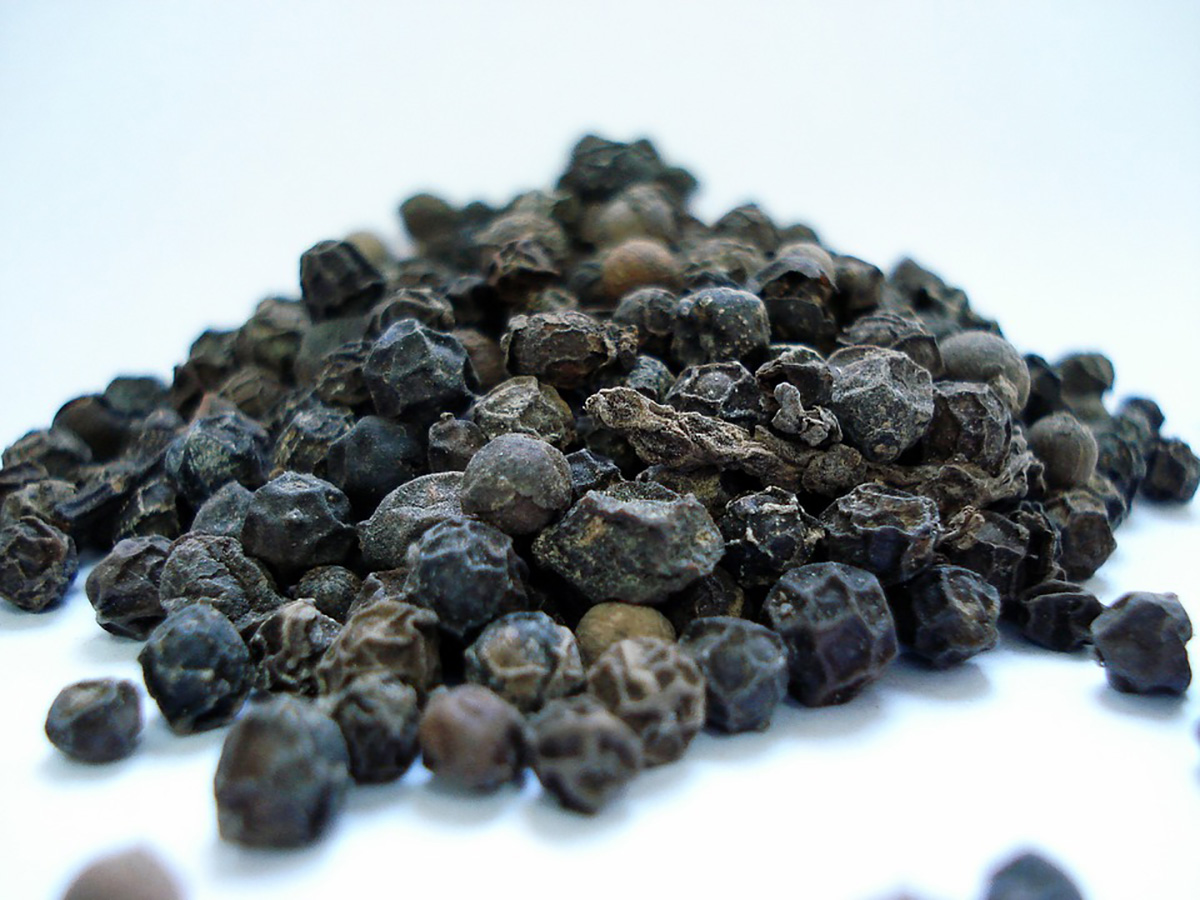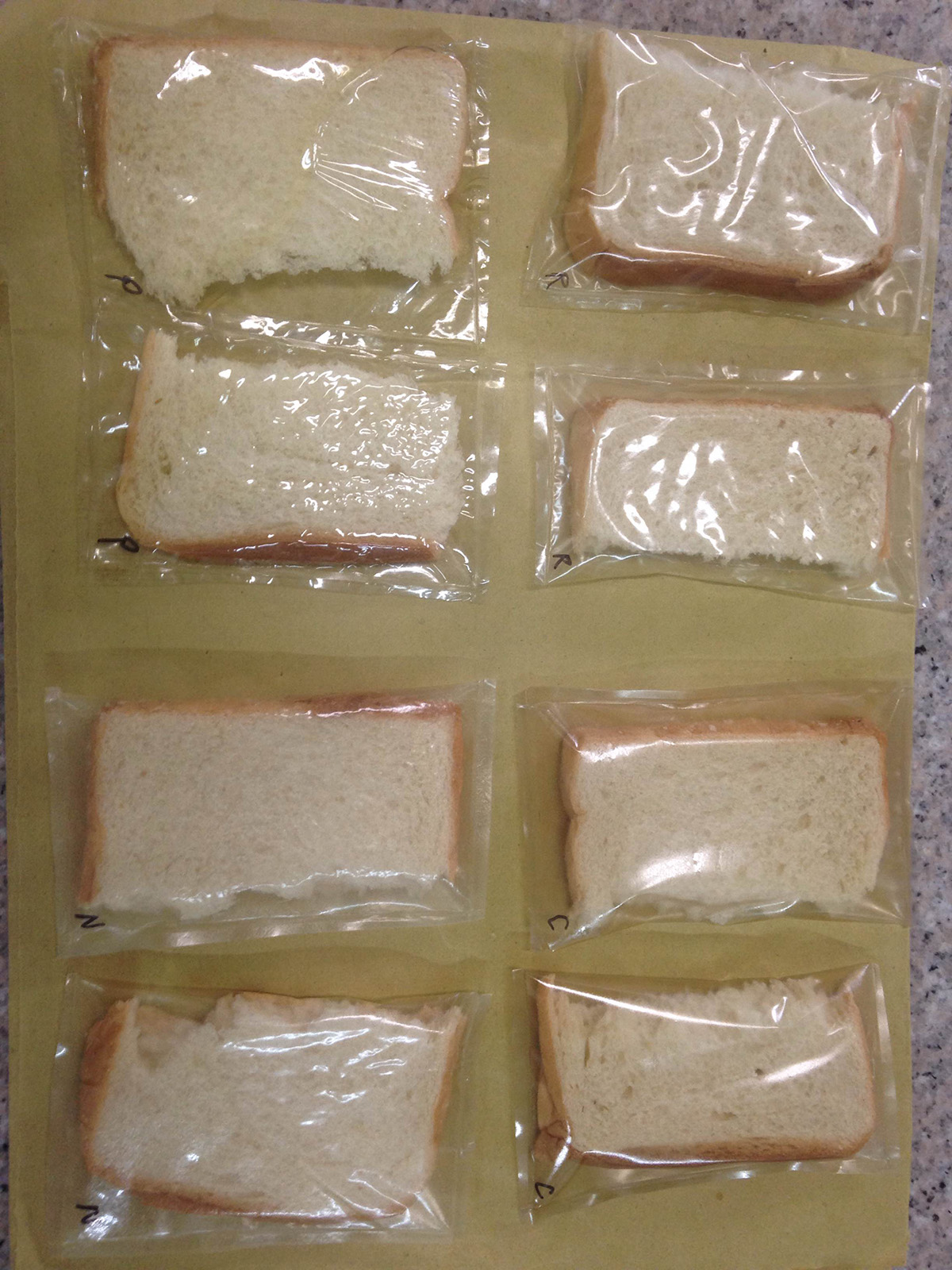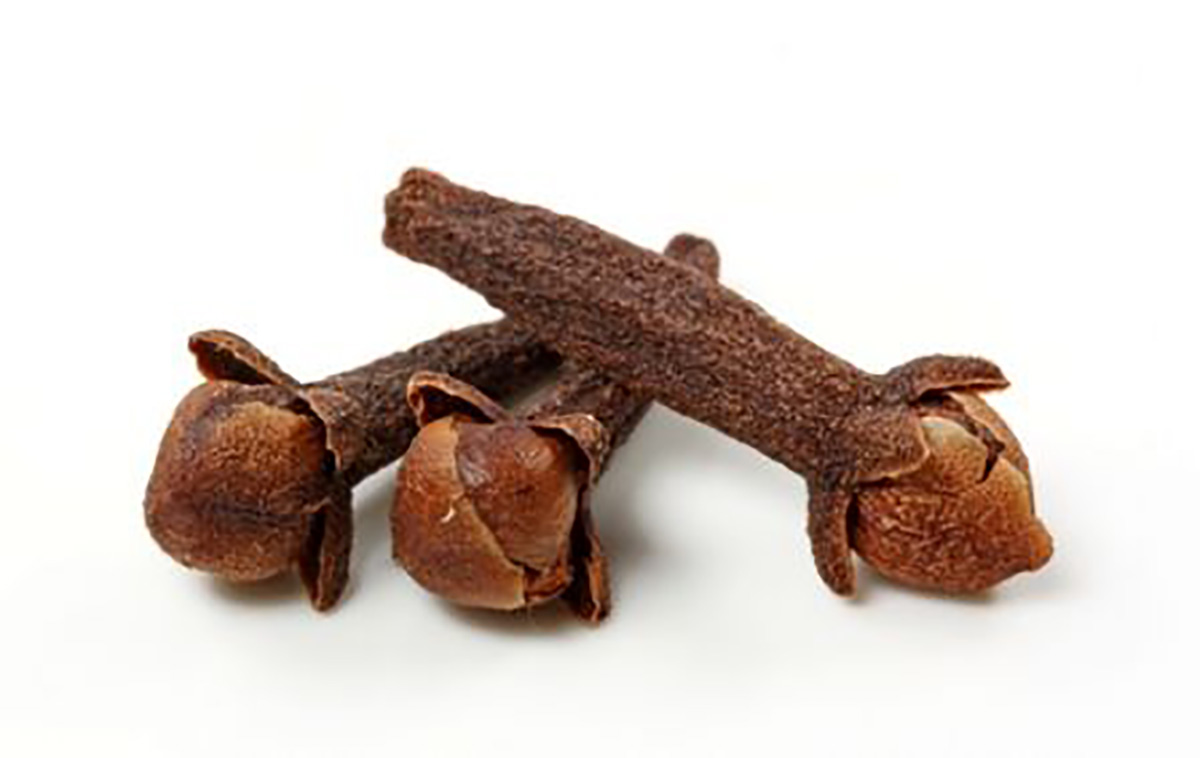As claimed by Universidad Nacional de Colombia (UNal) in Palmira Agroindustrial Engineering master"s candidate Kelly Johanna Figueroa, who also added that oleoresins from nutmeg, cloves, and black pepper had better antimicrobial performance.
"Oleoresins are comprised of essential oils and resins, extracted volatile and non-volatile compounds from these fresh species are highly concentrated and not used much in the food industry to potentialize flavor, aroma, and color," said Figueroa.
Oleoresins had never been assessed for inhibiting pathogen microorganisms in foods.
Therefore researchers used these organic substances with the purpose of determining the minimum concentration to prevent growth of bacteria such as Escherichia coli and Staphylococcus aureus, the most common food contaminating microorganisms.
Oleoresins inhibited the growth of microorganisms at different concentrations, beginning at 1% against Escherichia coli and 0.5% against Staphylococcus aureus with nutmeg; 0.5% for both bacteria with black pepper; and 2% against Escherichia coli and 1% against Staphylococcus aureus with cloves.
After obtaining these results the researchers added oleoresins to a biocomposite material made of jelly "microcrystalline cellulose and glycerol" with the purpose of forming a film to work as food wrapping to protect and preserve the product thanks to its antimicrobial potential.
They verified this by adding biocomposite oleoresin films to slices of white bread. They established that the antimicrobial activity against Staphylococcus aureus was maintained. They also had control slices of bread without the biocomposite films.
"After a month the bread packed without the film had mold and fungi, while the bread which had been protected with the film was visibly free from microbial attack," said Figueroa.
They used bread because it is a common food in the daily food basket and due to its low moisture content it enables easily assessing the effect of this kind of packaging materials.
The challenge that these biocomposite materials have is improving the mechanical and barrier properties as they are inferior to conventional packaging. This is where oleoresins, besides having an antimicrobial effect can contribute to improving the physical-chemical properties of the material due to their hydrophobic character.
Research with these types of antimicrobial substances has been carried out with essential oils as they have an ample inhibition spectrum; however, they are expensive and low yielding.
"Oleoresins are much more economical, their procurement is high yielding and are easily marketed. In foods they are used at low concentrations and produce the desired features in the final products such as preserving flavor, aroma, and color besides having an antimicrobial effect, which translates into a cost-benefit for the food industry," said Figueroa.
 Correo Electrónico
Correo Electrónico
 DNINFOA - SIA
DNINFOA - SIA
 Bibliotecas
Bibliotecas
 Convocatorias
Convocatorias
 Identidad UNAL
Identidad UNAL







